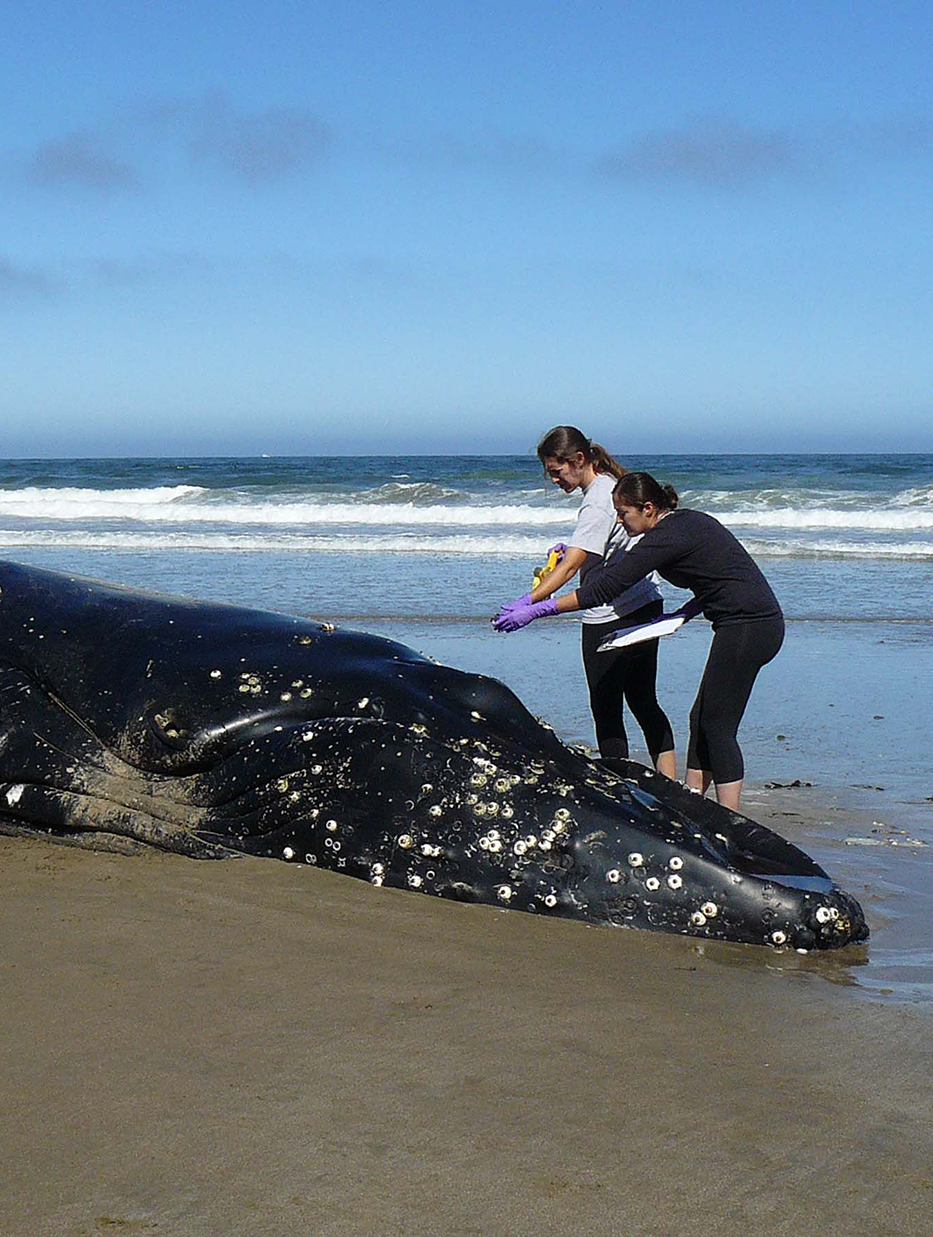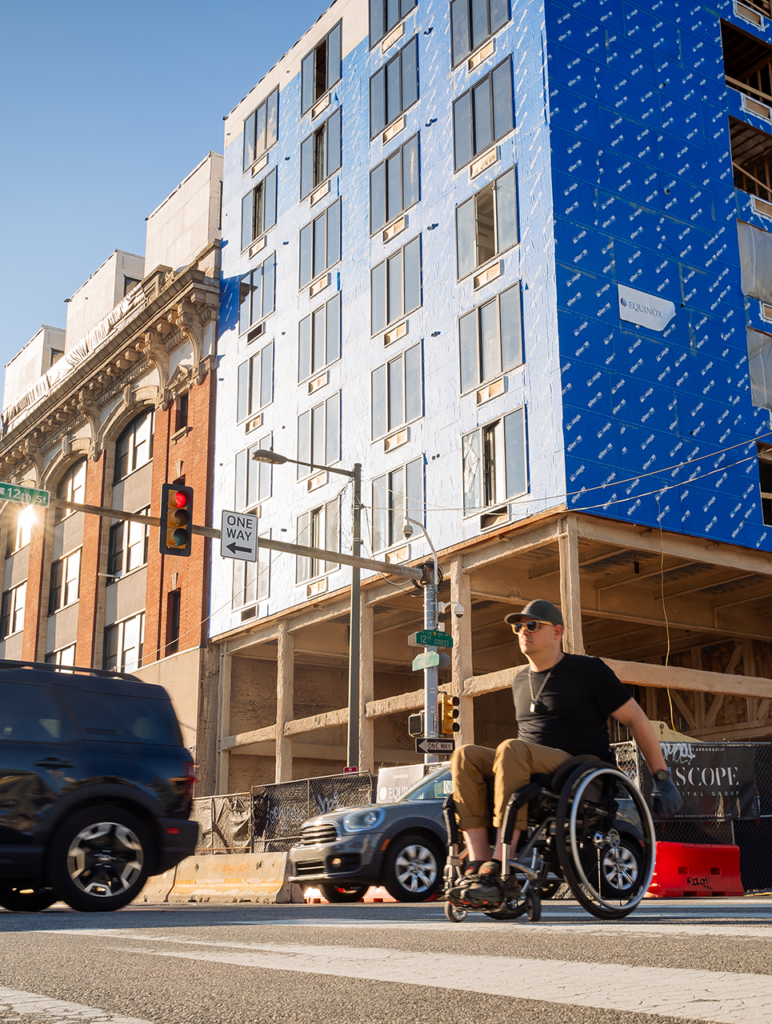Carol Foy, a lifelong Grays Ferry resident and community advocate, knows how dangerous air pollution can be.
“I lost a son over a decade ago who had lung problems,” she says. “He was only 33 years old.” After moving out of Grays Ferry, her son moved by the oil refinery in South Philadelphia. He lived near the highway, so the pollution coming from the trucks was constant, says Foy.
According to the University of Pennsylvania’s Center of Excellence in Environmental Toxicology, a whopping 21% of children in the city have asthma — more than double the national average. This primarily affects Non-Hispanic Black and Hispanic children, who have asthma-related hospitalization rates roughly 5 times higher than that of non-Hispanic white children in Philadelphia. These hospital visits, which have also been linked to lower academic performance, have the highest concentrations in the northern, southern and southwestern sections of the city.
“When you combine [high asthma rates] with poor housing and poor indoor air quality in schools, it’s a lot,” says Russell Zerbo, advocate at the Clean Air Council.
As commercial hubs and public warehouses become more common, particularly in South Philadelphia, more trucks are spewing diesel exhaust around the homes of many predominately Black residents. The planned 1,300-acre Bellwether District, a commercial hub developed by Hilco Redevelopment Partners, promises to be “Philly’s new home for e-commerce, life sciences and logistics leaders” and to “connect the world’s seas, skies, rails and roads to the people and businesses of Philadelphia,” according to the project’s website. The current site will be transformed into a commercial hub for dozens of companies with over 2,400 loading docks.
The influx of diesel trucks could worsen the health of nearby residents. According to the EPA, exposure to these fumes can be detrimental to residents’ health by causing asthma, bronchitis and respiratory illnesses that can worsen existing heart and lung disease, especially in children and the elderly.
The Bellwether site was previously home to the Philadelphia Energy Solutions (PES) refining complex, then the largest stationary source of air pollution in the city and the site of a massive explosion in 2019.
“We are focused on transforming the former PES site, together with our partners, into a sustainable development and an economic engine for all of Philadelphia,” Hilco spokesperson Amelia Chassé Alcivar commented by email.
However, community members are wary of Hilco’s claims to prioritize sustainability and public health. Foy is among the residents who opposed their proposed project, along with other members of Philly Thrive, who have been organizing for environmental, racial and economic justice in the city since 2015.

“[Their] plan compounds and extends the environmental racism that residents have suffered for generations; residents who live near the refinery and already suffer from respiratory diseases are likely to be particularly harmed by increased pollution from diesel trucks,” says Philly Thrive organizer R Merriam-Goldring. “The science is incredibly clear: inhaling diesel exhaust causes cancer.”
Earlier this year, the American Lung Association released its annual “State of the Air” report, which grades Americans’ exposure to unhealthy levels of air pollution. The report evaluates daily and annual measures of particle pollution and daily measures of ozone, two of the most dangerous and widespread pollutants.
Philadelphia managed to snag a ranking of 28th overall — barely avoiding inclusion in the list of the country’s top 25 worst cities for ozone pollution. The area’s national rank also slightly improved to 55th worst city for short-term particle pollution, from 48th in last year’s report.
“It’s a serious regional issue with neighborhoods by the interstates being the most impacted,” says Zerbo.
Community advocates think Hilco developers can do more to reduce air pollution at Bellwether. In August, area residents drafted a community benefits agreement including suggestions to combat diesel exhaust, like employing a zero-emissions truck fleet to service the Bellwether District. But Hilco wouldn’t commit to requiring prospective tenants to use electric trucks, says Merriam-Goldring. “It’s absolutely feasible to have fossil fuel-free warehousing — we’ve shared several models of success stories across the country with Hilco.”
Chassé Alcivar told Grid that the development will provide “flexibility for next-generation environmental solutions such as electric vehicle infrastructure,” but did not commit to requiring electric vehicles. She noted that Hilco would focus on its traffic impact study at an upcoming community meeting.
City agencies are also attempting to make strides in air quality improvement, though federal rules limit their authority. The City is looking for ways to reduce diesel emissions, said James Garrow, communications director for Philadelphia’s Department of Public Health in a response to Grid’s questions via email. “We hope to help all diesel stationary sources switch to electric. This includes emitters such as port cranes and emergency generators.”
According to Zerbo, expanding public transit and investment in infrastructure funding are the most impactful actions the City could take towards improving air quality.
And in the case of potentially big polluters like the Bellwether District, advocates say that improved community outreach would be beneficial.
Creating meaningful mitigation plans, “instead of listening to our concerns and not taking any action,” would be a starting point, says Foy.










Good for Philly Thrive for standing and fighting for our PA constitutional right to breathe clean air. 🎉🎉
Why doesn’t this article mention switching to EVs? Truck and bus fleets need to switch to EVs. Not to mention police cars.